How To Use 2 Bluetooth Headphones At Once Iphone
Two Bluetooth speakers, one iPhone. Sounds like a great alternative solution for a party or an intimate setting. However, setting your iPhone or iPad for this purpose can be difficult.
Not only would you have to connect multiple Bluetooth speakers and synchronize them with the correct audio device but also figure out the best music playback method for your needs.
Are you an iTunes person or prefer the Bose connect app? Or, do you want to drag your favorite songs?
Enjoying your favorite tunes at a party becomes more complicated when you consider that most Bluetooth speaker devices are different from one another, and setting them up will require some effort.
However, don't worry. We're here to help simplify the procedure so let's get started without further ado.
What You Need for Connecting Multiple Bluetooth Speakers to One Device
To connect two Bluetooth devices, such as Megaboom speakers, two Homepod speakers, or other various Bluetooth devices to play audio on a single Apple paired device, you need:
- An iPhone or iPad is capable of running iOS 6 and higher versions.
- Two or more compatible Bluetooth speakers with built-in audio cable ports and third-party apps support.
- A wireless router to ensure all paired devices, like two Bluetooth headphones, Homepod stereo pair, or Bose speakers, can communicate with each other.
How to Connect Two Bluetooth Speakers to an iOS (iPhone and iPad) Device
Below are the main steps to establishing a Bluetooth connection on multiple devices:
Step 1: On the iPhone/iPad, go to Settings > Bluetooth
Make sure Bluetooth is turned on and discoverable. You'll also need the latest version of the iOS software installed on your device.
To see if this applies, go to Settings > General > About and then look for software version 6 or later at the top of the page. This setting can appear differently depending on the OS version running on your device.
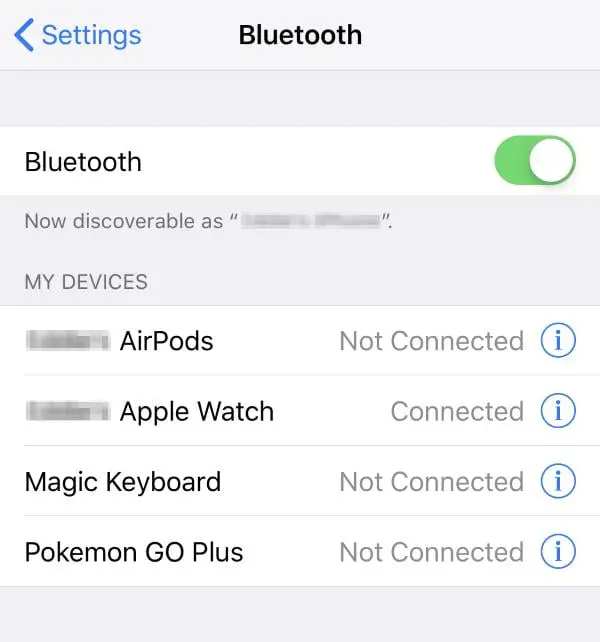
Step 2: Turn on Both Speakers
Make sure all devices are turned on and visible. This step might take a few minutes.
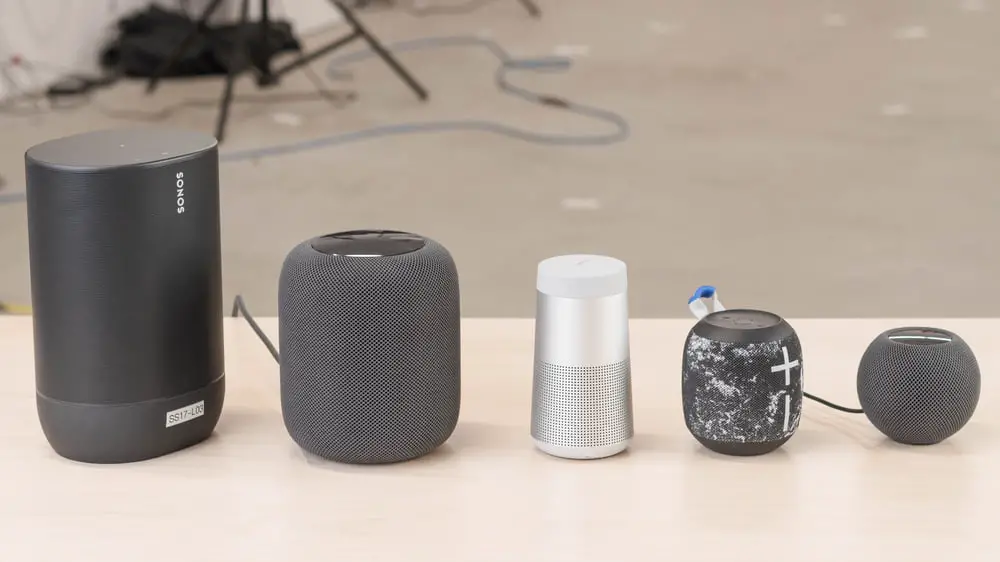
Step 3: Connect the Speakers from Bluetooth settings
When you've detected both speakers, select one of them, and then follow the instructions on your iPhone/iPad to connect it.
Sometimes, this is done by entering a passcode (the same Bluetooth passcode displayed on your speaker), or sometimes by pressing buttons on both speakers simultaneously.
Try connecting each speaker with little to no pause between starting up the connection process and completing it.
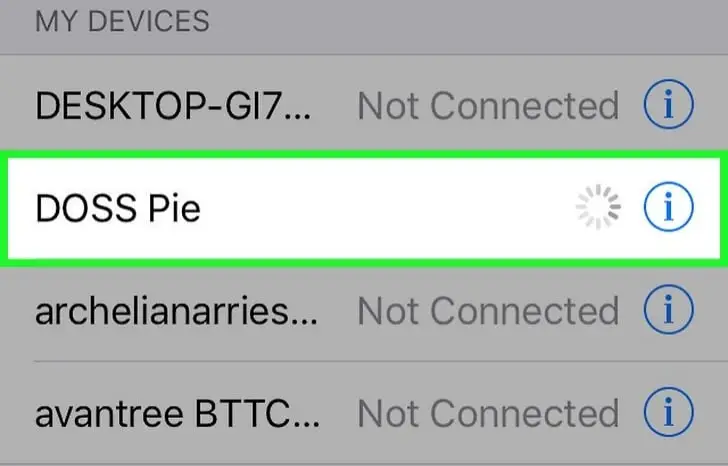
![]()
If there's no sound coming out after connection has been established, try turning off Airplane Mode if that's been switched on. You should hear music again almost immediately after turning the mode back off again.
Step 4: Repeat Steps 2 and 3 for Each Additional Speaker Setup You Want to Add
You don't have to pair each speaker with your iPhone individually.
For example, to connect a third speaker, you could take the first two speakers off the connection and then add the third.
Step 5: Switch From Multi-Speaker Mode Back to Single Speaker
To switch back to one Bluetooth speaker or headphone, remove any additional devices from the list in the settings tab.
You can reconnect them again when you need to by following the steps mentioned above.
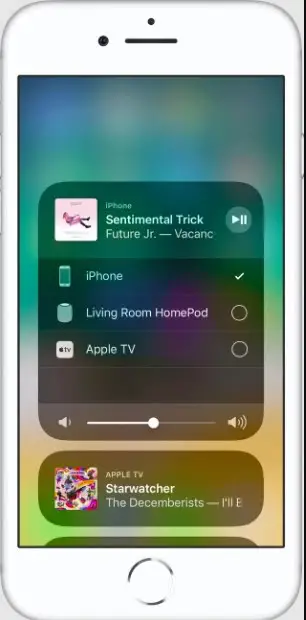
Step 6: Adjusting Volume After Connecting Multiple Speakers
To adjust sound levels coming out of each speaker, you'll need to manually alter them by going into Settings > Music, and then selecting Volume Limit.
From there, you need to switch it off if it isn't already. Adjust your maximum volumes, so they're calibrated correctly across all speakers.
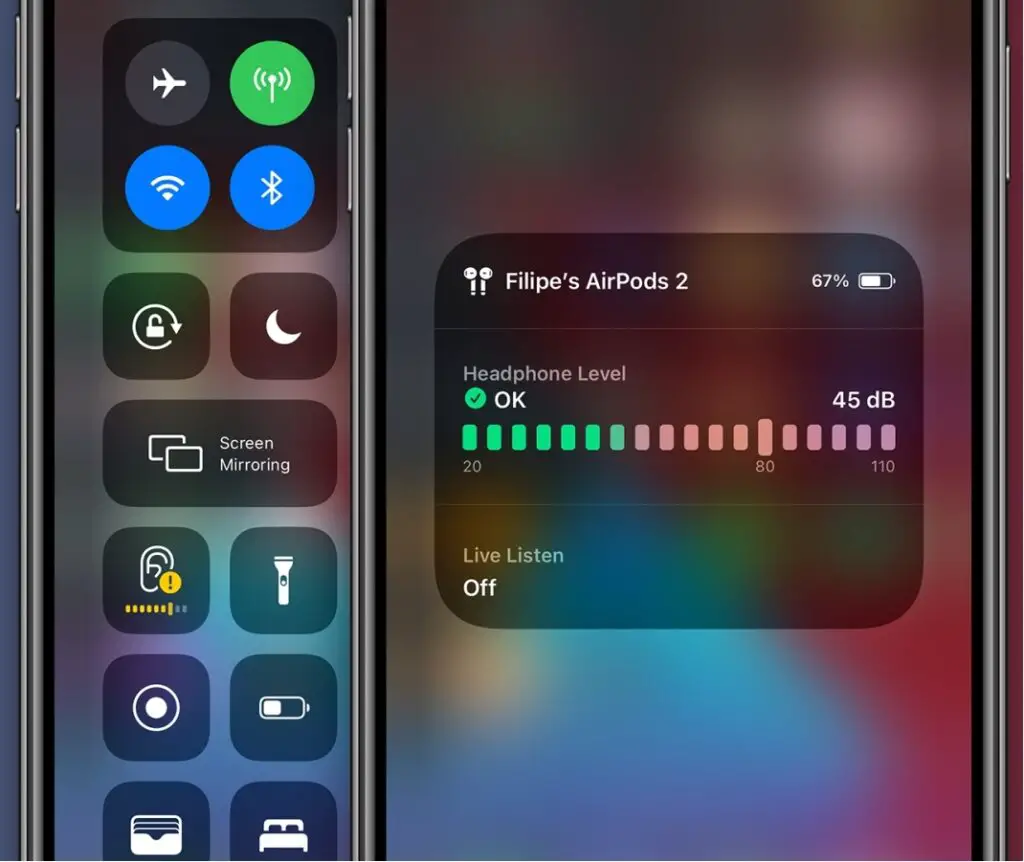
Additional Audio Cable to Connect Your Speakers Wirelessly
If you can't connect multiple speakers wirelessly, you can use an additional cable. For instance, Anker offers a great option that gives users an adequate range to use for most regular-sized rooms.
How to Connect Multiple Speakers to One Device
For the most part, connecting multiple Bluetooth devices is the same as connecting a single device – you pair it with your device.
However, depending on where and how you connect them (i.e., wired or wireless), there are other things you'll need to consider:
Using Bluetooth
If you're using Bluetooth, make sure that both devices match up in terms of specifications so they can communicate properly.
Nowadays, this isn't an issue as long as you use either the latest version of iOS or Android.
However, if one of your two speakers came out before the others did, it might not be able to communicate with something newer than itself.
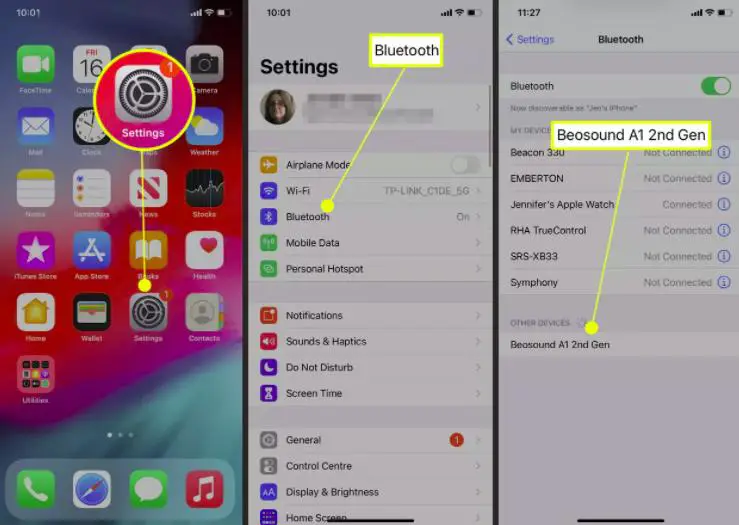
Connecting Directly
If you're connecting your speakers directly to your iPhone/iPad, you'll need a lightning cable-to-audio adapter or use both the audio port and USB port simultaneously.
You can also connect via Bluetooth if your speaker(s) have that ability.
Connecting Through an AV Receiver
This method works best for homes with more than one room – using an AV receiver will allow you to hear the same music in multiple rooms from a single source.
The wireless functionality gives you a lot of flexibility when choosing where to place your speakers since they no longer have to stay on top of each other, e.g., opposite ends of the house or in different rooms, etc.
Using a Wireless Router
If you have a wireless router available, this process will be even easier.
You won't need to connect directly through Bluetooth, which might be difficult if the devices are too far away from each other to hear properly.
The only real concern with using AirPlay over WiFi is bandwidth – there's not much of it so don't try streaming an HD movie over the connection.
1. Selecting Speakers in iTunes
If you already have speakers set up in your iTunes library, select them on screen and choose 'Group' next to the song listing.
You can also do this before selecting songs, but that makes more sense when working with a larger playlist.
Select both speakers, and make sure they're selected at once.
If one speaker is showing up, choose that one and use the '-' button to remove it from the screen.
Also, don't select anything other than stereo as a group setting.
You won't be getting any sound through your second speaker if you pick any option other than 'Left or Right.'
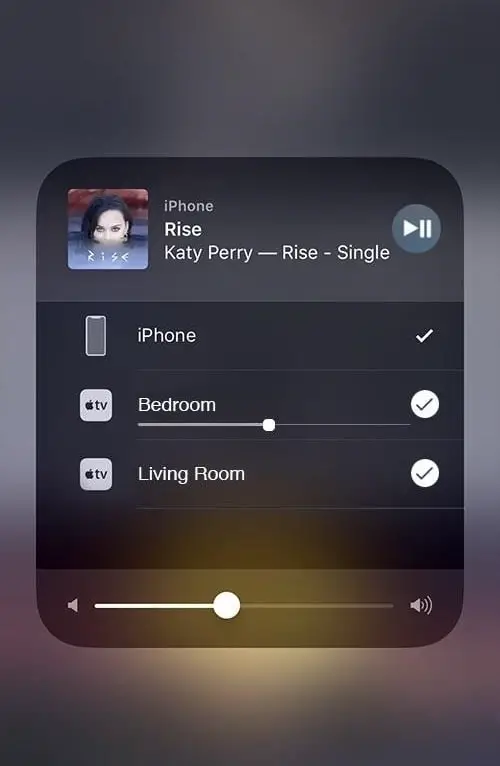
2. Connecting Speakers via AirPlay
Now that everything is set up on screen properly, go ahead and hit play, where appropriate.
You'll have to do this again after each song ends to track forward. You should see both speakers light up for a few seconds before turning off; this means they connect over WiFi.
Do not attempt playing an audio file unless both speakers have been selected on-screen – otherwise, only the selected device(s) will receive a signal.
Keep in mind, you'll still be able to play music through both speakers and listen on an iPhone/iPad at the same time.
However, one device can't control another. Make sure only one is playing sound at the highest volume; otherwise, other devices might not hear anything.
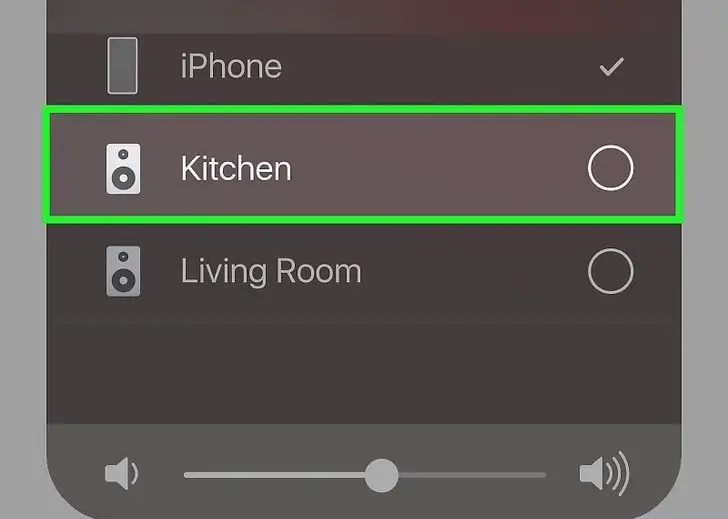
Now It's Your Turn
By now, you should know the different ways to connect multiple Bluetooth speakers to your iPhone or iPad for dual audio output.
However, you need to understand the limitations and restrictions before heading to the market to buy additional speakers.
For instance, the devices and components must be compatible with each other. So, make sure you check your device's model to understand all your options.
For more tricks and tips related to technology, we recommend visiting Techie Trickle HowTo's category.
How To Use 2 Bluetooth Headphones At Once Iphone
Source: https://thetechietrickle.com/connect-two-bluetooth-speakers-to-one-iphone/
Posted by: hoodwillet.blogspot.com

0 Response to "How To Use 2 Bluetooth Headphones At Once Iphone"
Post a Comment